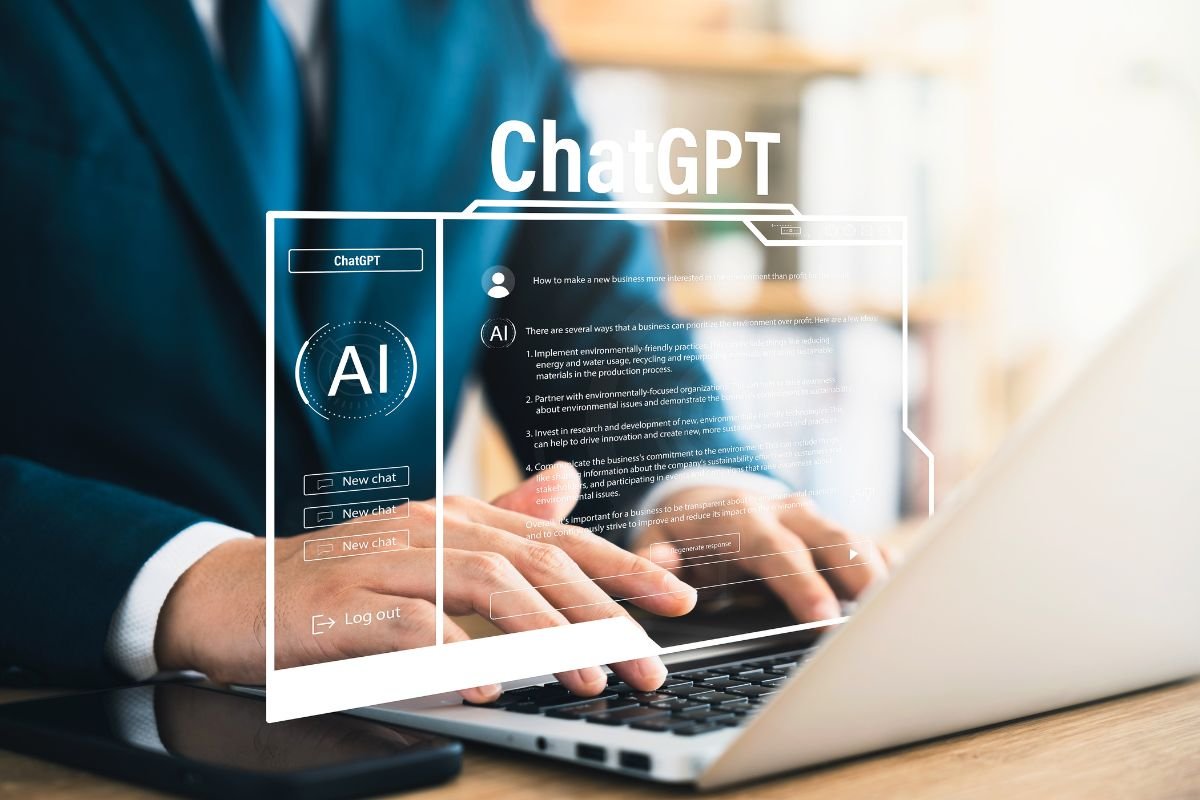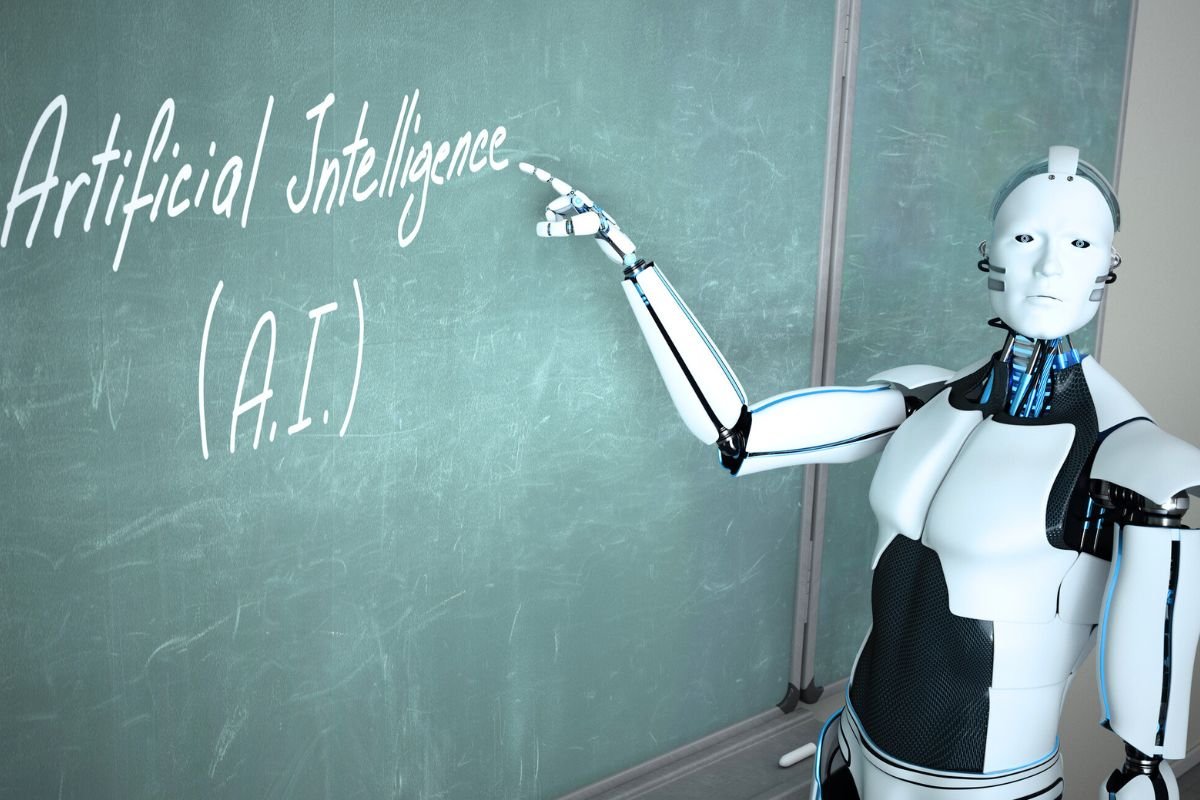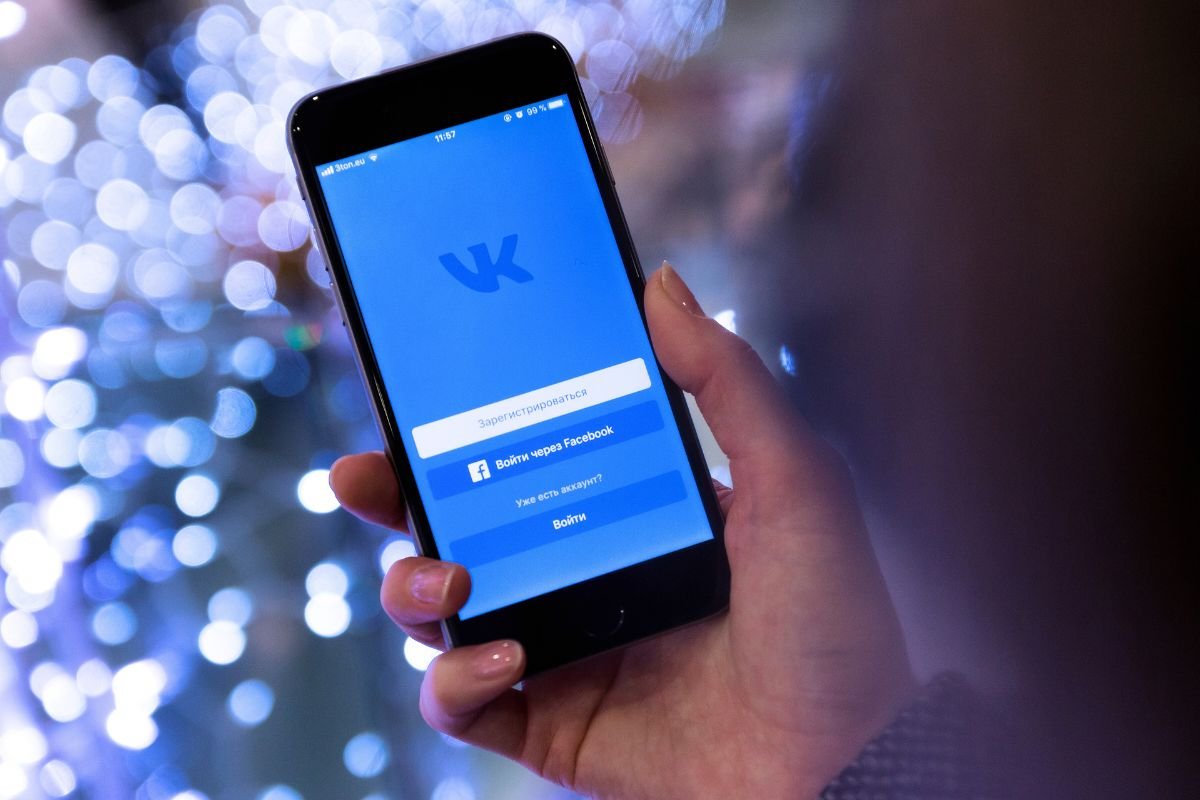Discovering that even the creators of ChatGPT couldn’t reliably tell AI prose from human writing might feel like a twist in a sci-fi plot. Yet sometimes the sharpest innovations reveal the toughest challenges lurking beneath the surface.
How the Quest for Reliable Detection Fell Flat
Last summer, I remember catching wind of OpenAI’s ambitious plan to build a fool-proof detector for AI-written text. As someone who’s spent more than a few late nights grading essays or editing content, the idea of a tool that could flag synthetic writing sounded nothing short of magical. After all, wouldn’t it be a blessing to know instantly whether that sparkling prose was the work of a budding novelist or a machine? Yet on 20 July 2023, OpenAI quietly pulled the plug on its “AI Text Classifier,” admitting that the tool’s precision simply wasn’t up to scratch.
The Limits of Probability and the Rise of False Alarms
When the classifier debuted in January 2023, OpenAI described it as a first step towards giving educators, journalists and platforms a way to spot AI-generated passages. Rather than a binary verdict, the tool offered a spectrum of likelihoods: “very unlikely,” “uncertain,” “possible,” all the way up to “probable.” In theory, this probabilistic approach could help users weigh their suspicions. In practice, however, the system stumbled repeatedly, often labelling genuine human writing as machine-made.
A representative told TechCrunch that although the classifier correctly identified some AI samples, its overall accuracy hovered in the mid-20s percentage range. That meant for every ten texts it checked, fewer than three assessments were reliable. For journalists who depend on trustworthy evidence, or for examiners striving to distinguish essays penned by students versus ChatGPT, that margin of error was simply too misguided to serve any real purpose.
Why Stopping Felt Like the Right Call… for Now
OpenAI has since committed to exploring more robust methods of provenance tracking—techniques that embed invisible markers or metadata in AI outputs, making them easier to trace back. They’ve also pledged to develop clear signals for users, whether the content is text, audio or imagery, that flag its AI origin. For the moment, though, they’ve shelved the AI Text Classifier project until breakthroughs in machine learning make the task more feasible.
In our homes, schools and newsrooms, the wider debate on AI regulation continues to gather pace. Google’s Gemini and other emerging models only add to the urgency of finding reliable safeguards. But the lesson here seems clear: distinguishing machine prose from human creativity is harder than many expected. As a freelance editor, I’ve learned to rely on careful reading and context clues—sometimes a phrase rings too polished, or a pattern of repetition feels oddly consistent—rather than a single automated score.
OpenAI’s decision may disappoint those craving quick fixes, but it’s also a sign of responsible innovation: knowing when research isn’t ready for prime time. And while we wait for better tools, it’s reassuring to see the industry acknowledge complexity rather than overpromise—and to keep pushing for solutions that balance progress with integrity.



